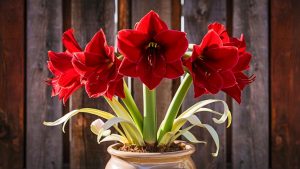In this extensive guide, we will explore the best times to plant peony bulbs, delve into their growth cycles, and provide tips to help you cultivate a thriving peony garden.
The Ideal Planting Time: Fall vs. Spring

When considering when to plant peony bulbs, timing can significantly impact their success. Most gardening experts agree that fall is the optimal planting season. This timeframe typically ranges from late September to late November, depending on your climate zone.
Why Fall is Ideal:
Root Establishment: Planting in the fall allows peony roots to establish themselves before winter sets in. The cooler temperatures and increased soil moisture promote root growth without the stress of active growth from the foliage.
Cold Stratification: Peonies benefit from a period of cold. This natural chilling period helps trigger blooming in the spring, ensuring that you’re rewarded with lush blooms when the season unfolds.
Less Competition: In the fall, many other plants are winding down. There’s less competition for nutrients and moisture, which can help peony bulbs establish without stress.
However, if you miss the fall window, planting peonies in early spring is still possible. Spring planting should occur as soon as the ground is workable but before the buds begin to break.
Choosing the Right Zone: Know Your Climate
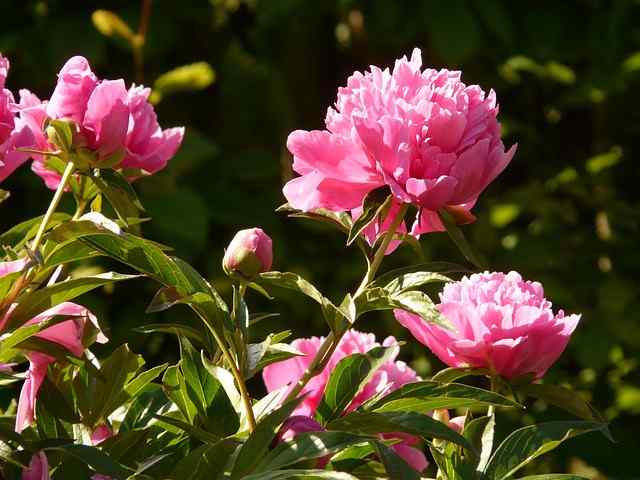
Peonies thrive in USDA Hardiness Zones 3 to 8, making them versatile plants for many regions. However, knowing your specific zone is critical to timing your planting.
Cooler Regions (Zones 3-4): In these areas, aim for late September to early October for planting. Because winters are harsh, having roots established before the ground freezes is essential.
Moderate Zones (Zones 5-6): Mid to late October is a suitable planting window. Spring planting can also be successful but should be done early.
Warmer Regions (Zones 7-8): Here, late fall to early winter is appropriate. The key for warmer growers is to ensure that peonies get enough cold to trigger blooming.
It’s worth checking your local climate specifics since microclimates can affect the general guidelines provided.
Preparing the Soil: Setting Up for Success
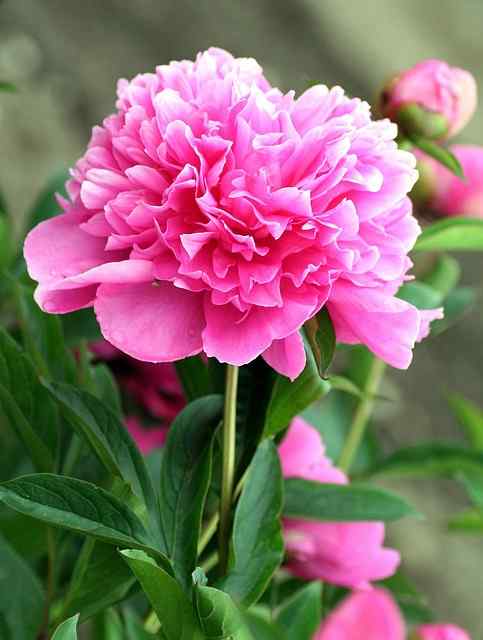
Healthy soil is the backbone of a flourishing peony garden. Before you plant your peony bulbs, ensure that your soil is adequately prepared.
Soil Composition
Peonies prefer well-draining soil rich in organic material. A mixture of loamy soil, compost, and good drainage will create an abundant growing environment.
Drainage: Peonies are susceptible to root rot if left in soggy soils. Add grit or sand to increase drainage if your soil retains too much moisture.
pH Levels: Test your soil’s pH; peonies thrive in slightly acidic to neutral soils (pH 6.0–7.0). Amend the soil with lime or sulfur as needed to reach the ideal pH range.
Soil Amendments
Prior to planting, consider incorporating well-rotted manure or compost to improve soil quality. Aim for at least 2 to 4 inches of organic matter mixed into the top 12 inches of soil where you plan to plant your peonies.
Planting Peony Bulbs: Step-by-Step
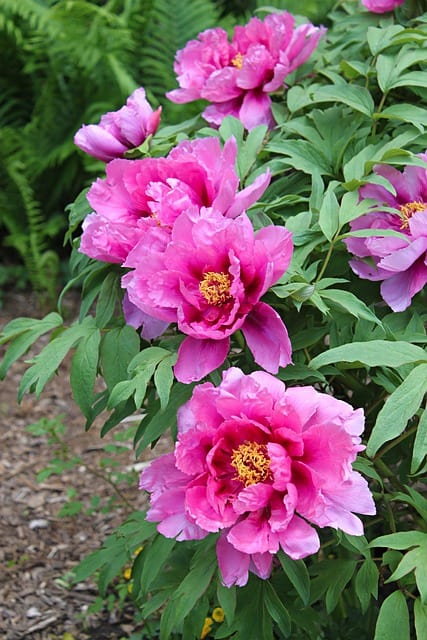
Once you’ve prepared your soil, it’s time to plant your peony bulbs. While peonies are relatively low-maintenance, proper planting technique is essential.
Steps to Planting Peony Bulbs:
Timing: Choose a cool, overcast day to plant your peonies. If you find it too hot or sunny, wait for a milder day; stressed plants can suffer.
Digging Holes: Dig a hole that is about 1 to 2 feet wide and 12 inches deep. Make sure the base of the hole has good drainage.
Placement: Place your peony bulbs in the hole with the eyes or buds facing upwards. They should be planted about 2 inches below the soil surface. If planted too deeply, they may not bloom; if too shallow, they may be susceptible to frost.
Filling the Hole: Fill the hole with the amended soil while avoiding packing it down too tightly.
Watering: Once planted, give your peonies a good soak to help settle the soil. After initial watering, keep the soil slightly moist but not soggy.
Caring for Your Peonies Throughout the Seasons

While planting time is crucial, ongoing care is essential for robust peony growth and blooming.
Watering
Water peonies well after planting, and throughout their first growing season. Once established, peonies are generally drought-tolerant; however, 1 to 2 inches of water per week during the growing season is beneficial, especially during dry spells.
Fertilization
Feed peonies with a balanced fertilizer in early spring when they begin to sprout. A product low in nitrogen, such as a 5-10-10 formula, will support flowering rather than rampant leaf growth.
Support for Foliage
As peonies mature, their large blooms can become heavy. Consider using peony cages or stakes to support tall varieties and prevent flopping over. This proactive approach will keep your peonies looking pristine throughout the blooming season.
Mulching
Applying a layer of mulch around your peonies can help retain moisture and suppress weeds. However, avoid piling mulch directly against the plant crowns to prevent rot.
Signs Your Peonies Are Ready: Indicators of Growth

As you care for your peonies, recognize the signs that indicate their readiness to bloom.
Buds Swelling: In early spring, the eyes should swell and begin to show life. Healthy eyes will look plump and firm.
New Growth: Light green shoots emerging from the ground in spring indicate active growth.
Bud Formation: The formation of flower buds at the tip of the stems is a telltale sign that blooms are on the way, typically occurring in late spring.
Color Changes: Observe the flower colors through the stages of development; flaunting hues indicate imminent blooming.
Troubleshooting Common Issues
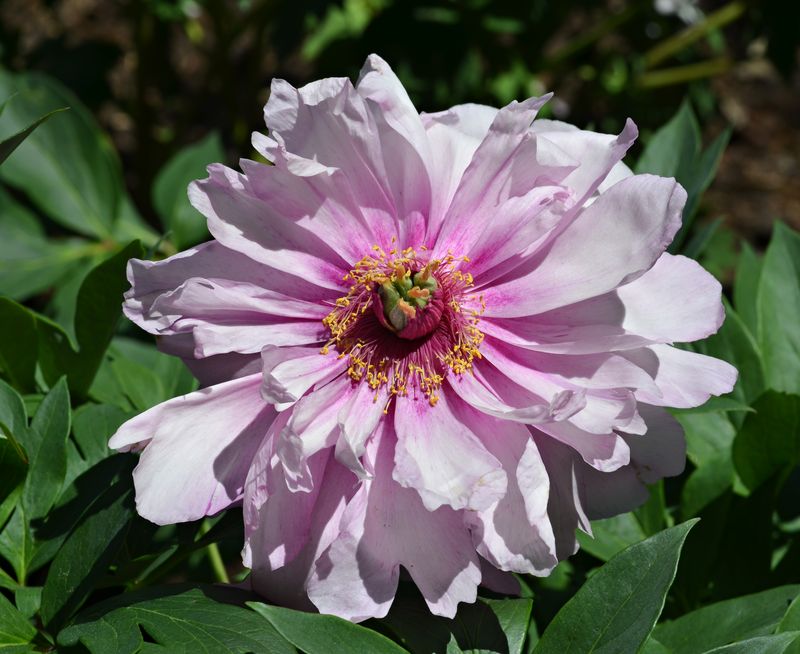
As beautiful as peonies can be, they are not without challenges. Knowing how to recognize and address potential problems is vital for successful cultivation.
Peony Diseases
Peonies are susceptible to several diseases, including:
Botrytis Blight: A fungal disease that manifests as brown spots on leaves and stems. Ensure good air circulation and avoid watering the foliage to minimize this risk.
Powdery Mildew: Characterized by a white powdery substance on leaves, this can be an issue during humid summers. Ensuring proper spacing and reducing moisture can help.
Pests to Look Out For
Watch for common pests like ants, which are often attracted to peony sap, and can be a sign of other issues. Aphids may also infest young shoots. Use insecticidal soap or neem oil to keep infestations at bay.
Preparing for Winter: Protecting Your Peonies

Once blooming season comes to an end, proper care continues into the fall and winter months. Here are steps to prepare your peonies for the colder weather.
Post-Bloom Care
After peony blooms fade, trim the stems to about 3 inches above the ground. This helps prevent disease and pest issues while improving aesthetics in the garden.
Mulching for Winter
In colder climates, add a generous layer of mulch over the peony area in late fall to protect the roots from frost heave.
Dividing Peonies
After several years, you may want to consider dividing peonies to maintain their vigor. The best time for division is in the fall after they have bloomed. This process allows for rejuvenation while promoting better growth for each divided part.
Celebrating Your Blooms: Enjoying Peony Season

Perhaps the most rewarding aspect of cultivating peonies is finally getting to enjoy their breathtaking blooms. When the time comes, cut fresh flowers to bring a piece of your garden indoors or simply relish their beauty in your outdoor space.
Top Tips for Indoor Arrangements
If you decide to cut peonies for indoor enjoyment, consider doing so when the buds are still tight. They will continue to open gracefully and fill your home with their delightful fragrance. Additionally, recut the stems under warm water and place them in a clean vase to enhance longevity.
Conclusion: The Joy of Growing Peonies
Knowing when to plant peony bulbs and follow through with appropriate care opens the door to a lush garden full of beauty. By understanding the variations of peonies, adhering to climate-appropriate strategies, and enacting consistent care, you can create a stunning display that transforms your space.



